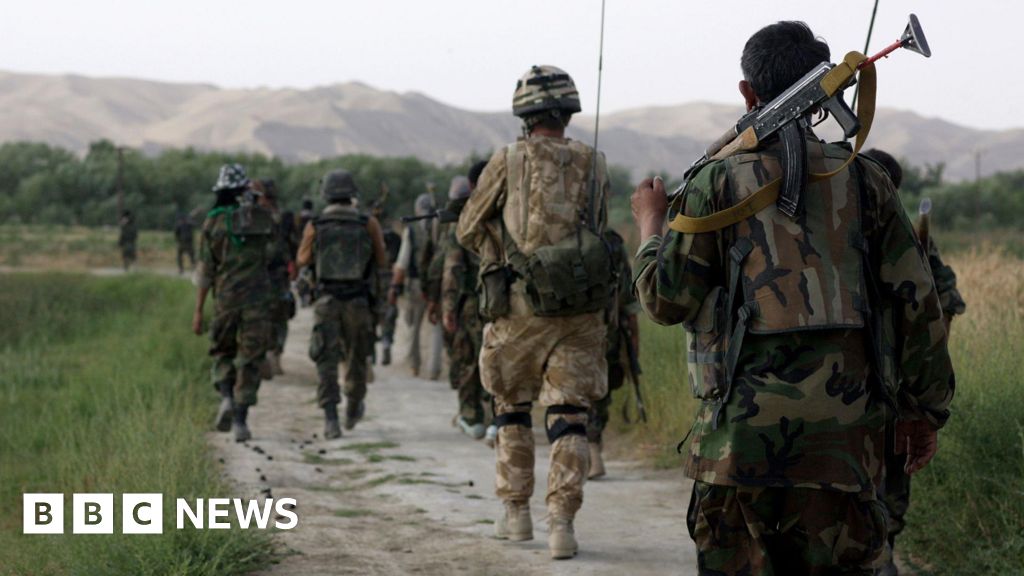ARTICLE AD BOX
States have been far too eager to forgive pandemic unemployment fraud and have recovered just 4% of the money fraudsters stole, according to a government audit Thursday.
The Labor Department’s inspector general also released a new estimate of overpayments from the three big federally funded pandemic unemployment programs, putting the total at $118.1 billion over 30 months. That’s more than 200% higher than the figures the states have said.
That leaves more than $80 billion in likely bogus payments that the states haven’t even acknowledged, much less tried to pursue for collections, the inspector general said.
Making matters worse, when states do identify overpayments, they are more likely to write them off than to try to get them repaid, the inspector general said. As of Sept. 30, 2022, states had waived 43% more than they had recovered.
The inspector general said states were too focused on getting the money out the door rather than on making sure only the right people got it. That included at least three states that actively suspended their collections so they could dedicate their time to paying claims.
“At the peak of the pandemic, during calendar year 2020, [states] prioritized benefit payments over prevention, detection, and recovery activities,” the inspector general said.
Overpayments can include mistakes, such as the Pennsylvania contractor that was double-paid $305 million in checks, or it can be cases of outright fraud.
The new audit said states were particularly bad with fraud.
Investigators looked at $3.6 billion worth of cases in which fraud was established and said the states recovered just $145.3 million, or about 4%.
The investigation was done by Regis & Associates PC, a Washington-based accounting firm.
While unemployment is usually a state program, during the pandemic, the federal government offered a massive infusion of cash to help keep Americans afloat amid the shutdowns. But it was state workforce agencies, or SWAs in government-speak, that still doled out the money.
Experts have long said states don’t try as hard to recover misspent federal money.
The new report backs up that allegation, saying states identified “significantly less” overpayments in the federally backed pandemic unemployment programs than the regular unemployment programs.
The inspector general said the Labor Department didn’t provide an official response to the report “due to recent senior leadership changes.”
But during the investigation, the department’s Employment Training Administration, which oversees the states’ efforts, offered several explanations for the difficulties.
ETA said states have to go through a lengthy process just to officially establish an overpayment, including an investigation and notice to the person who got paid. That’s before any recovery effort begins.
ETA also said states were initially focused on processing cases and handling appeals rather than investigating overpayments.
States also blew through the guardrails written into law or offered as best practices by ETA, the inspector general said.
In a deep dive of 10 state agencies, the audit said none of them performed all the recommended recovery methods.
Some state systems were just too antiquated to follow the guardrails, while other times states’ own laws were a hurdle, the inspector general found.
And the Labor Department “has limited authority to compel” the states to use the guardrails. Its key tool would have been to cut off access to federal money — which would have stopped all extra federal unemployment assistance to that state amid the pandemic.
For more information, visit The Washington Times COVID-19 resource page.

 3 months ago
111
3 months ago
111








 English (US) ·
English (US) ·